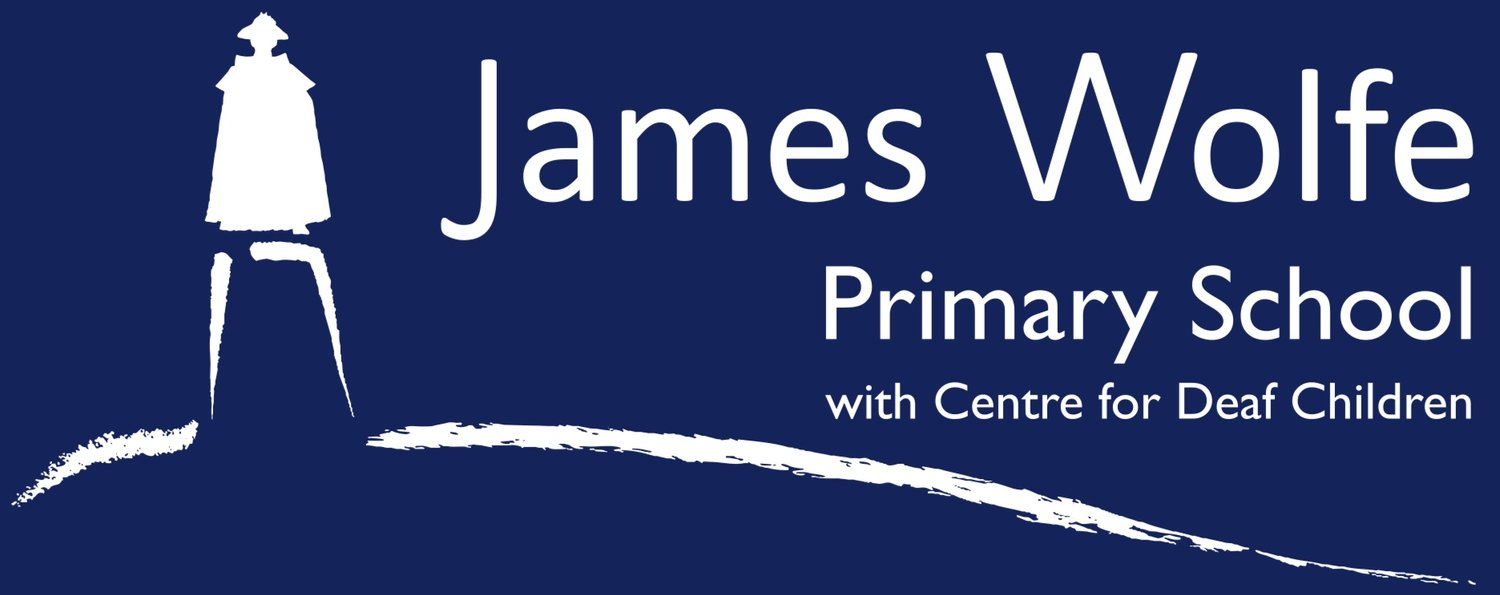Map reading
Each of these examples of geography learning share the theme of map-reading - building on our work in the Autumn term. On their journey through James Wolfe, our children are able to relate to maps by drawing, annotating and categorising information. In this way, the use of maps becomes interactive rather than a passive activity. I hope you will agree that these photographs demonstrate a high level of engagement and enjoyment from the children!
What is a map for?
Nursery have started to explore the concept of maps, discussing the different ways that they could be used - "you can find buried treasure"; "you can look at the phone map to find your aunty's house"; "the map can tell you the important places you can see"; "I like the tube map because you can see which train to get to all the London places." They have discussed the similarities and differences between a range of maps and learnt key map-related vocabulary including: key, atlas, city, country, continent.
Comparing maps
This spring term, Y2 have been busy comparing maps from 1666 and the present day - as part of their learning about the Great Fire of London and how London changed. In order to do this, the children appreciated the distinction between a physical and human map before annotating them with similarities and differences. The children were fascinated by how the appearance and ways of making maps has evolved over time.
Make it stand out
Y4 have been working on their location knowledge of the UK. The children learnt about the meaning of a hamlet, village, town and city, before identifying and labelling them on a UK map. The children also carried out a comparison of a rural and urban settlement in the UK - Easdale Island and Greenwich - by discussing its land use, its physical properties and its human properties.
Exploring boundary changes over time
Y6 embarked upon its study of the Second World War by using historical maps and a contemporary atlas to find the participants of the war. The children labelled their own maps by colour-coding them as Allied or Axis powers. This led to an interesting discussion about how national boundaries have changed over time, particularly after wars. We hope that these (sometimes unplanned) opportunities to follow the children’s curiosity during their learning are taken and explored.




